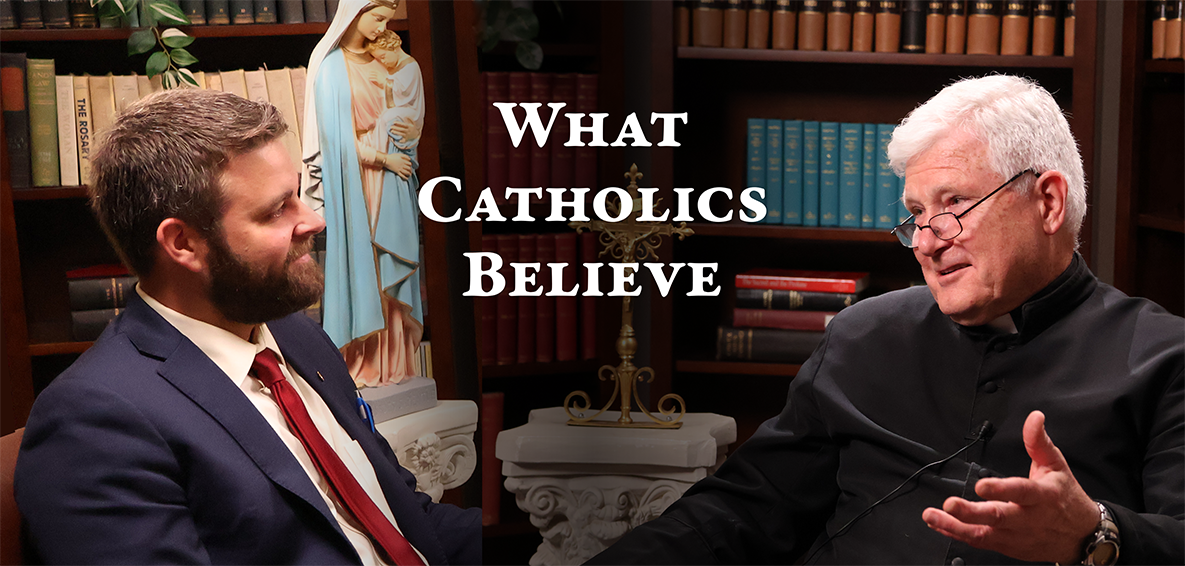The Three Epiphanies

While the Feast of the Nativity of Our Lord (Christmas) is the most beloved of days for Catholics, the feast day is ranked only as fourth in the order of solemnity in the Church’s liturgical year celebrations. The greatest feast day is that of Easter Sunday on which we celebrate the Resurrection, followed by Pentecost Sunday on which we celebrate the Descent of the Holy Ghost. The third greatest solemnity of the Church is that of the Epiphany, when we celebrate the three manifestations of Our Lord: the Magi’s adoration of the Christ Child, the baptism of Christ in the Jordan, and Christ’s first miracle at the wedding feast of Cana.
Together with St. Nicholas Day (December 6) and the Twelve Days of Christmas (beginning December 25), gift-giving has always been associated with the Feast of the Epiphany on January 6 in memory of the Magi’s gifts to the newborn King. The gold symbolized the Infant Savior’s royalty as a descendant of King David, as well as His royal authority and His incorruptible perfection; the frankincense signified the Divinity of the Christ Child, in that it was used in adoration of deity; the myrrh represented the sacred humanity and mortality of the Savior Who had come to give His life for us in order to give His life to us.
The Magi followed the miraculous star without knowing exactly where it would lead, or whom or what they would find. In much the same way, we are called upon today to follow God’s holy Will through what often seems a spiritual dark desert. They persevered to find their Lord and Savior. God warned them of Herod’s plans and so they eluded his grasp, returning to their own country as the first "apostles" bringing word of the beginning of the Gospel, the birth of the Redeemer.

